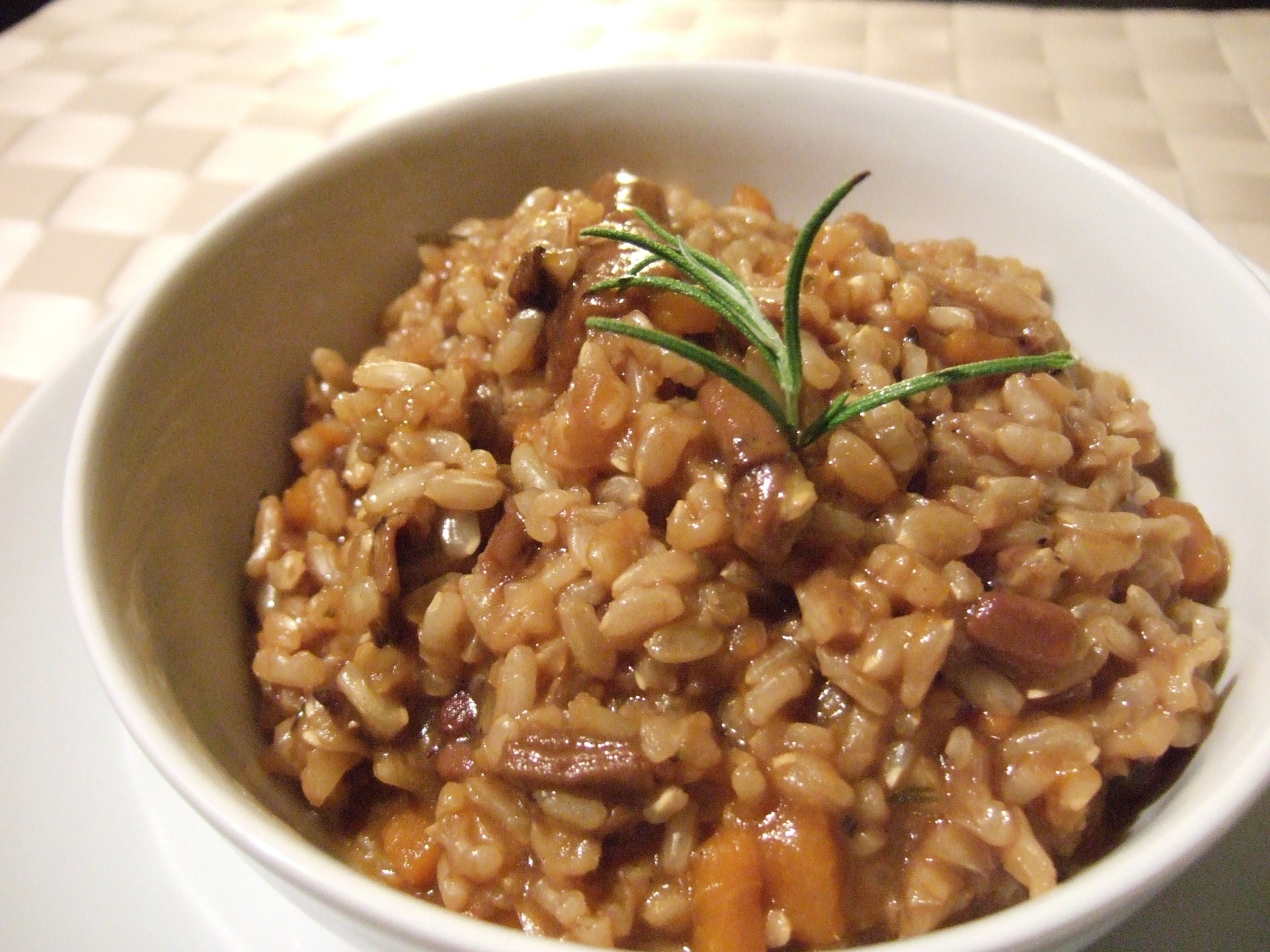Healthy Tips
Nutrition Basics: Introduction To Carbohydrates

For the proper growth and to overcome the daily activities human body required a decent quantity of energy. As we hear the word "energy" a macronutrient carbohydrate comes to mind, yes its right! Carbohydrates is one in every of the categories of foods that represent a basic a part of diet. They are sometimes considered as energy giving foods.
"Carbohydrates are the organic substance that are found in certain foods and provide a huge amount of energy. There are three main atoms that are present in a carbohydrate molecule that are carbon, hydrogen and oxygen."
The most abundant carbohydrate that is glucose is synthesis by the plants. Green pigment, chlorophyll absorb sunlight as fuel and synthesis the glucose by a process called photosynthesis. Then, we eat these plant foods, digest, use and store glucose in our liver in the form of glycogen.

What Are Simple and Complex Carbohydrates?
On the basis of polymerization carbohydrates are divided into two classes that are simple and complex carbohydrates.
- Simple: These carbohydrates are normally referred to sugars. Simple carbohydrates contain either one or two glucose molecules. These are soluble in water. Glucose and fructose are the common examples of simple carbohydrates.
- Complex: These are the carbohydrates that contain a large number of glucose in their organic chain. These are somehow, not sweet in taste and are insoluble in water. Our digestive system breaks complex carbohydrates into simple glucose molecules so, that the glucose can enter our bloodstream and complex carbs are considered better source of energy than simple one. Common example of complex carbohydrates starch.
Classification of Carbohydrates:
On the basis of the number of forming units, there are three major classes of carbohydrates that are:
- Monosaccharides
- Oligosaccharides
- Polysaccharides
Monosaccharides:
These are most basic foam of carbohydrates and referred to simple carbohydrates. As name shows, these carbs consist of single molecule. Monosaccharides cannot be hydrolyzed into simpler sugars. Examples of this class of carbohydrates are glucose, ribose and fructose.
Oligosaccharides:
This class of carbs consist of 2-9 monomer or glucose molecules that are joined through glycosidic bond. These are comparatively less sweet in taste and on hydrolysis give 2-9 monosaccharides.
On the basis of monosaccharides, oligosaccharides may be disaccharides (2 monosaccharides), trisaccharides (3 monosaccharides), tetra-saccharides and so on. Most familiar oligosaccharide or disaccharide is sucrose which on hydrolysis yields glucose and fructose. More examples of this class are maltose and lactose.
Polysaccharides:
Polysaccharides are most abundant and complex carbohydrates in the nature. They are tasteless and have branched structure. They have several monosaccharides units that are linked with glycosidic bond.
These carbs have high molecular weight and are sparingly soluble in water. Some most important polysaccharides are starch, glycogen, cellulose, dextrin, agar and pectin. Starch is main source of carbohydrates for the animals while glycogen is chief form of carbohydrates stored in animal body.
Functions of Carbohydrates:
There are countless functions and benefits of carbohydrates in our body and some of the are listed below:
Energy
Carbohydrates are big source of energy for our body. Carbs give 4 calories per gram. Carbs supply energy and serve as storage form of energy as well. For example, Carbs stored as glycogen in our liver and when need arise they convert into glucose and used by our body cells to gain energy.
Healthy Nervous System
Carbohydrates are fuel for our brain and brain tissues. As some nervous tissues only use glucose as source of energy. For sharp and better brain performance high carb diets are one of the best choice.
Healthy Heart
Complex carbohydrates that are present in fruits and vegetables are good for heart health. These complex carbs prevent cholesterol accumulation in arteries that save from blockage and this blockage may lead to heart stroke. Avoid simple carbohydrates as they may risk the heart.
Improve Digestion
Consuming fiber-rich carbohydrates help in preventing from digestive issues, such as constipation. These fibers are not easily digestible by our digestive system and make the walls of digestive tract stronger. In this way, carbohydrates make digestive track more efficient.
Healthy Body and Muscles
For healthy and massive muscles, muscle cells need to be filled with glycogen. This accumulation makes them stronger and go with larger size. Moreover, carbohydrates are the requirement of each and every body’s cell for growth and development.
Sources of Carbohydrates:

Whole grains like barley, brown rice and oatmeal are good source of carbohydrates. Fruits such as melons, apples, pears, bananas and kiwifruit are rich in carbs. Vegetables such as sweet potatoes, yams and corn provide us carbohydrates.
Other sources of carbs are milk products, nuts and seeds which are loaded with complex carbohydrates.